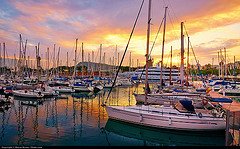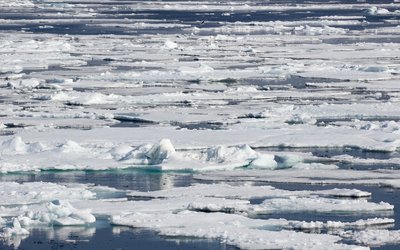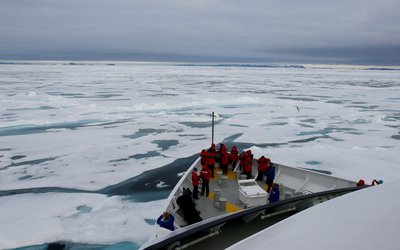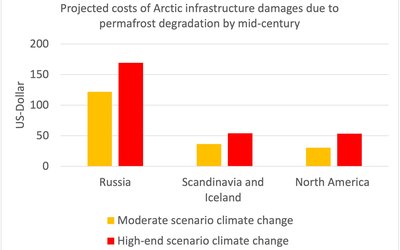Transport, infrastructure and building
Wave-driven harbour agitation due to climate change in Catalan ports
October 1, 2015

Changes in coastal wave patterns due to the effect of climate change can affect harbour agitation (oscillations within the port due to wind waves). Variations in wave height would directly modify the amount of energy penetrating into harbours. Also, changes in wave period or direction would affect propagation processes such as shoaling, refraction and diffraction. Wave penetration into harbours would affect port operability. The activities in the harbour areas are strongly dependent on wave conditions, especially in relationship with the entrance and exit of the ships in safe conditions, but also for the regular harbour operations, including ship mooring and cargo loading/unloading.
The effect of climate change on wave-driven harbour agitation has been studied for 13 Spanish harbours located on the Catalan coast (NW Mediterranean). This was done for the periods 1971–2000 and 2071–2100. Wave projections were obtained with a wave model (SWAN) forced by winds generated with five combinations of global (GCMs) and regional circulation models (RCMs) considering the moderate A1B climate change scenario. In this study only variations in wave climate were taken into account; the effect of sea level change was not considered.
Results show a general slight decrease in the annual agitation in most of the ports. Compared to the results on an annual basis, a more clear decrease of agitation (12 out of 13 ports) was found in the winter. In contrast, in summer, an increase of agitation was found (9 of the 13 ports). Note that although in summer wave heights are relatively low, it is the period with greater activity in most of the studied ports (marinas).
Although most of the model results indicate a reduction of agitation in ports, increasing their safety and operability, the possibility of an increase of wave heights within the port, reducing their safety and operability, is non-negligible.
One should be cautious when using these results, though. Uncertainty in these results is large, for a number of reasons, including inter-model variability and spatial variability (coastal orientation, port shelter and harbor design).
Source: Sierra et al., 2015. Natural Hazards and Earth System Sciences 15: 1695–1709.
Photo: Moyan Brenn (www.flickr.com)








